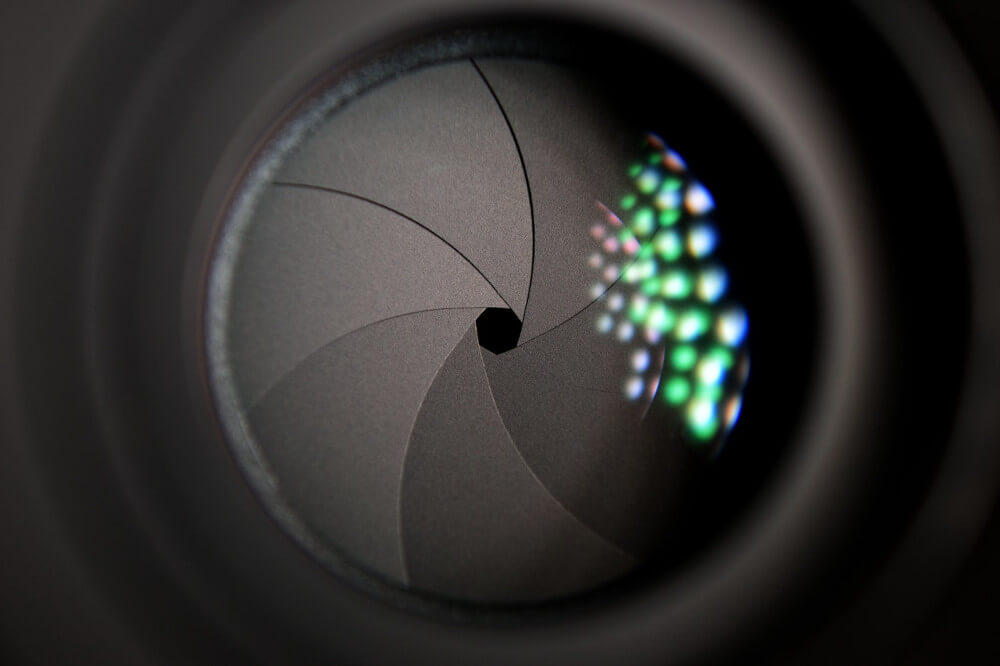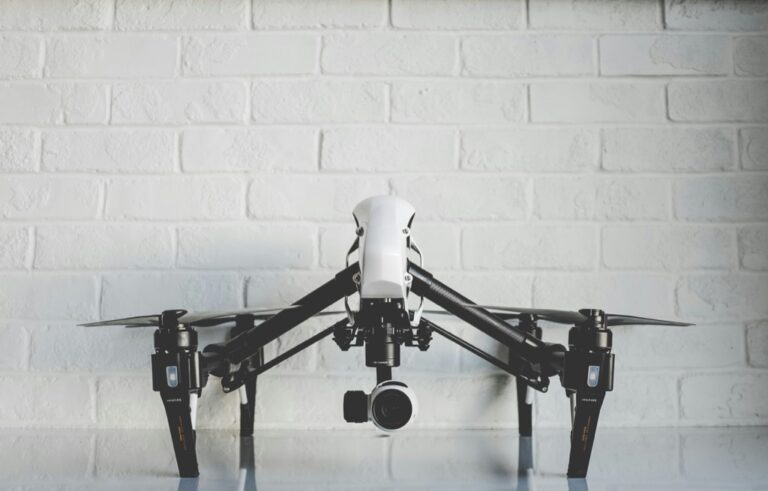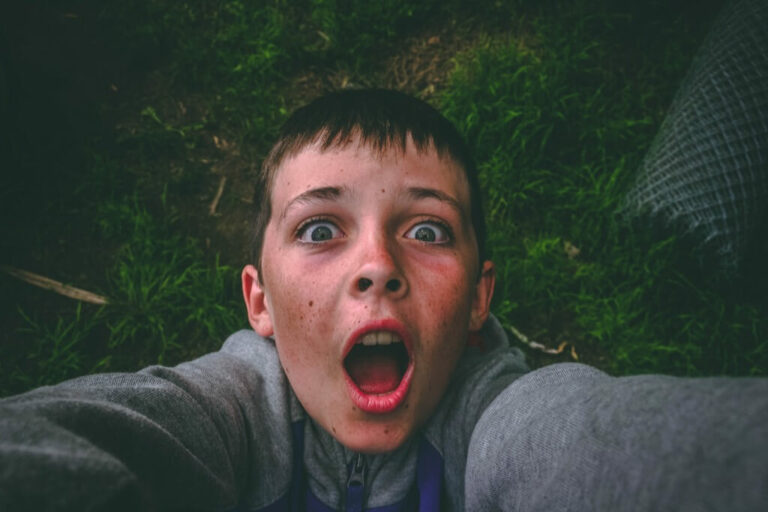For the typical user, the smartphone has replaced the DSLR. Whether you have a high-end iPhone or a low-cost Android, we have some great tips for you.
1. Clean the Lens
Have milky photos? Phone cameras have this major flaw. Because the lens is so small, it becomes dirty easily while using the phone. Clean up your phone before you start snapping.
Wipe away the suncream for better photographs. The front camera is the same. Clean the lens of any perspiration, grease, or makeup.
2. Focusing
Photo focus Focusing on subjects has improved in recent years, but don’t merely point and shoot. Assure that the subject is in focus.
Several phones include touch focusing. Touch the screen to focus it and it generally clicks into place. You’re probably too close. Back up.
However, deleting distracting background features can make photographs look a little artificial. These effects may be adjusted on most phones, and sometimes less is better. The shot will seem bad if the background blurring is too strong.
3. Composition
Consider what you’re looking at and trying to say. You may easily resize your photograph after capturing it, but a distracting background or a hazy subject will ruin your shot. Consider the image you want them to see and how you want them to feel.
Subject placement is often done using the rule of thirds. Imagen un gridote sur la scène. Aim for maximum effect by aligning crucial elements. It’s simple.
Use borders like fences or trails to draw the viewer into the scene and give a feeling of size. Also, examine the horizon.
4. Watch the Sun
Beautiful photos with beautiful skies and lush greens are great in the sun, but consider the angle. Shooting into the sun might result in massive lens flares or subjects being blown out.
If that happens, use your palm to shield the lens. To be honest, I’m not sure I’d want a silhouette in front of a beautiful location if the sun wasn’t behind them.
Using a low sun to create silhouettes and long shadows is an interesting approach. It’s a portrait shot taken into the sun with interesting consequences.
5. Consider the Flash
You’ll get better shots without your phone’s flash. Turning off the flash can help in low light situations. Shooting a dark concert? Turn off the flash. Using a zoo’s glass? You’re scaring the animals and taking bad shots. Don’t scare them.
Flashes help. When shooting in daylight with a shadowed subject, the rear flash can generate excellent portraits. In low light situations, the front flash can help. While we think you’d be better off without it 90% of the time, keep in mind it exists.
6. Keep it Steady
This includes cellphones and cameras. Stability produces better photos. Keep the press constant and slow down. Even with OIS and AI hand-shake correction, stability is usually the best option.
You may need to relax down and take a slower photo, or you may need to rest your phone on something solid like a table or wall. Longer exposures that convert water into smoke are feasible using a tripod and a smartphone mount. We search 1,000s of stores for you. These may be affiliate links. See more.
7. Use Night Mode
Not since 2005 has smartphone photography changed that much. All new Google, Apple, Huawei, Samsung, and other phones include a night mode. At night.
Night mode employs technology to enhance, clean up, and create a photo worth sharing. Most night sceneries allow you to photograph handheld, and others have longer exposures for even better effects.
It might be a simple night out with friends.
8. Use your Phone’s Camera Hardware
More lenses on phones equals more opportunities. But many of them now have wide-angle lenses. So you can catch more and produce more. Some phones have a “data” camera, but we prefer a wide-angle lens.
So learn what your phone can do and then use it. Cameras are designed to take more photographs, even if that means deleting some. The best results from your phone’s camera come from understanding what to expect and having something to picture.
9. Software to the Rescue
The photographs above are entirely direct from the phone, no retouching. However, all smartphones utilise software or AI to improve photos. Photos can be improved with Apple, Samsung, Huawei and Google. Google Photos, for example, can provide far more striking effects.
But with Google Photos and Apple Photos, it’s easy to add drama to a photo. Increasing saturation or decreasing contrast can assist. Apps like Snapseed and Photoshop Express can do amazing things with your phone. More great iPhone and Android apps here.
10. Don’t use in-app Cameras
So, don’t overdo it with the Use your phone’s camera to take great photographs that you can share with your followers on Instagram or whatever network you use. Why? Because those apps don’t fully utilise your phone. Using the in-app camera without AI, lens settings, or night mode usually results in the worst photographs. To capture photographs like a pro, you must first take the photo, edit it, and then share it.
11. Vertical Videos
I don’t have a photo, however But let’s talk about the video. Vertical video is only available on mobile phones. It doesn’t function on TV because it is horizontal. So, when considering ways to improve photographs, consider video. Please, please, please turn your phone horizontal when recording something wonderful to show on the big screen.
Consider framing your video in vertical, horizontal, and square dimensions.





